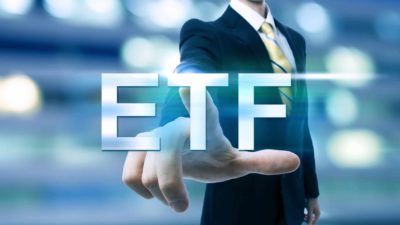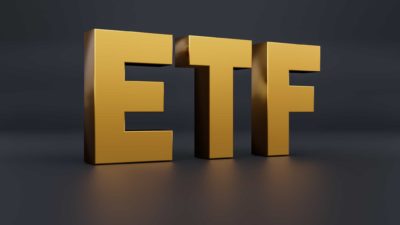The VanEck Morningstar Wide Moat ETF (ASX: MOAT) could be one of the best exchange-traded funds (ETFs) to consider in the current investment market.
There are a number of ETFs based on broad indices which simply buy a few hundred of the biggest businesses.
For example, the Vanguard Australian Shares Index ETF (ASX: VAS) tracks the S&P/ASX 300 Index (ASX: XKO). The iShares Core S&P/ASX 200 ETF (ASX: IOZ) tracks the S&P/ASX 200 Index (ASX: XJO). And so on.
But some ETFs have a portfolio based on analysts targeting businesses and trying to find opportunities.
I particularly like the VanEck Morningstar Wide Moat ETF for a number of reasons.
High-quality picks
One of the main elements of its strategy is its focus on "quality US companies Morningstar believes possess sustainable competitive advantages, or wide economic moats".
Think of a company as a castle. The job of the moat is to protect the castle when competitors are trying to attack. Other competitors in an industry would love to take down the leader in the sector.
Moats can come in a number of different forms according to Morningstar, including cost advantage, intangible assets (patents, brands, and regulatory licenses), brand switching costs (expenses or inconvenience), network effects, and efficient scale.
Only 14% of the 1,500 companies under Morningstar's coverage are deemed to have a 'wide moat'. That's where the analysts believe the company can earn excess normalised returns, with near certainty, in 10 years.
In Morningstar's estimations, that company must also be more likely than not to earn excess normalised returns 20 years from now.
Investments done at attractive prices
Morningstar analysts will only decide to add a US company to the VanEck Morningstar Wide Moat ETF portfolio if they're trading at attractive prices relative to Morningstar's estimate of fair value.
As an example, analysts have decided that a particular wide-moat business might be worth $50 a share on paper. If it's trading at $35 then it could offer enough potential capital growth to invest in and, hopefully, achieve good returns.
The lower the price that the investment is bought at compared to the fair value price, the greater the potential return and the bigger margin of safety.
Strong historical returns
Of course, past performance is not a guarantee of future performance. But, at the time of writing, the VanEck Morningstar Wide Moat ETF has outperformed the S&P 500 over the past six months, twelve months, three years, and five years.
Over the past five years, it has produced an average return per annum of 14.5%. That includes the ETF's annual management fee of 0.49%.
Foolish takeaway
I think that combination of investing in businesses that can generate long-term profit, while being at a good price, seems very effective to me.









